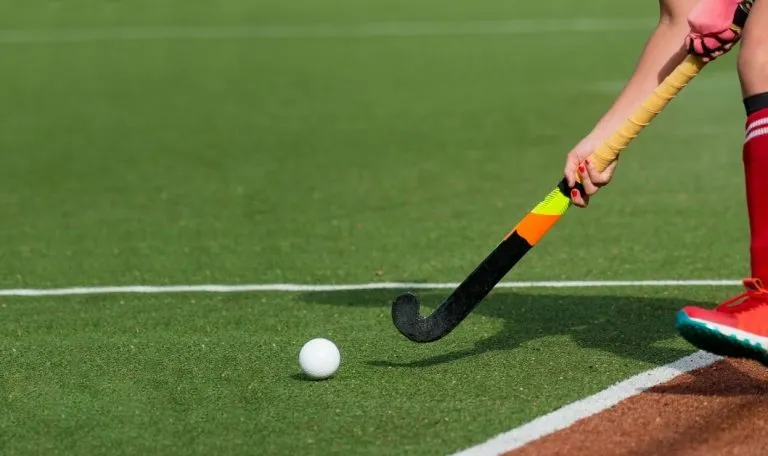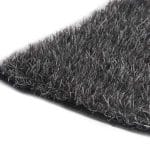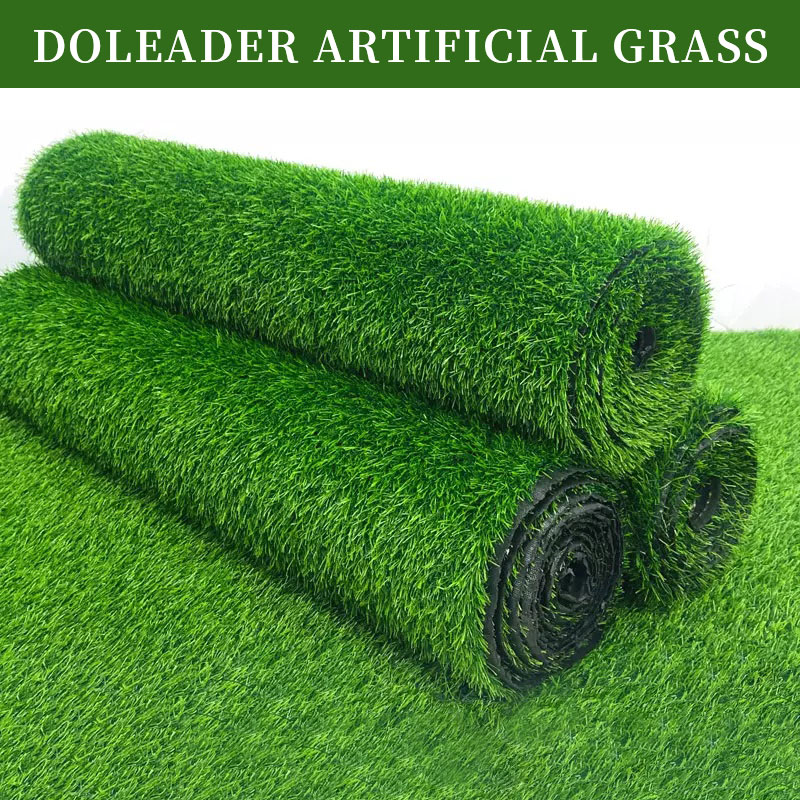
For decades, the sport of field hockey has been played on natural grass surfaces. However, in recent years, there has been a significant shift towards the use of artificial grass pitches, especially at higher levels of competition. This transition has brought about numerous advantages and has reshaped the playing experience for both athletes and spectators.
Artificial grass hockey fields are constructed using specialized synthetic turf systems designed specifically for the sport. These surfaces are meticulously engineered to provide optimal ball roll, traction, and shock absorption, ensuring a consistent and high-quality playing experience. Unlike natural grass, which can be affected by weather conditions, artificial pitches offer a level playing field year-round, allowing for uninterrupted training and competition schedules.
One of the key benefits of artificial grass hockey fields is their low maintenance requirements. Unlike natural grass, which requires constant mowing, watering, and reseeding, synthetic turf requires minimal upkeep, resulting in significant cost savings for facility managers. Additionally, these fields can withstand heavy usage without compromising their playing characteristics, making them ideal for high-traffic venues and tournaments.
From a player’s perspective, artificial grass hockey fields offer several advantages. The consistent surface provides reliable ball roll and predictable ball behavior, allowing for more accurate passing and shooting. The shock-absorbing properties of the turf also help reduce the risk of injuries associated with falls and collisions, promoting player safety.
Moreover, artificial grass hockey fields have contributed to the evolution of the game itself. The faster pace and consistent playing conditions have led to tactical adjustments and the development of new skills and strategies. Players have adapted their techniques to capitalize on the unique characteristics of these surfaces, resulting in a more dynamic and exciting brand of hockey.
Beyond the playing experience, artificial grass hockey fields have also enhanced the spectator experience. Many modern facilities feature high-quality lighting systems, allowing for night games and extended playing hours. Additionally, the vibrant colors and intricate designs of the synthetic turf create a visually appealing setting, adding to the atmosphere and appeal of the sport.
As the popularity of field hockey continues to grow worldwide, the demand for high-quality artificial grass pitches is likely to increase. National and international governing bodies have recognized the benefits of these surfaces and have implemented regulations and guidelines to ensure consistency and fairness across various levels of competition.
While the transition from natural grass to artificial surfaces has sparked debate and resistance from some traditional purists, the advantages of artificial grass hockey fields are undeniable. They offer a sustainable, low-maintenance solution that enhances player performance, promotes safety, and elevates the overall viewing experience. As technology continues to advance, it is likely that we will see further improvements and innovations in artificial grass hockey fields, solidifying their place as the preferred playing surface for the future of the sport.










